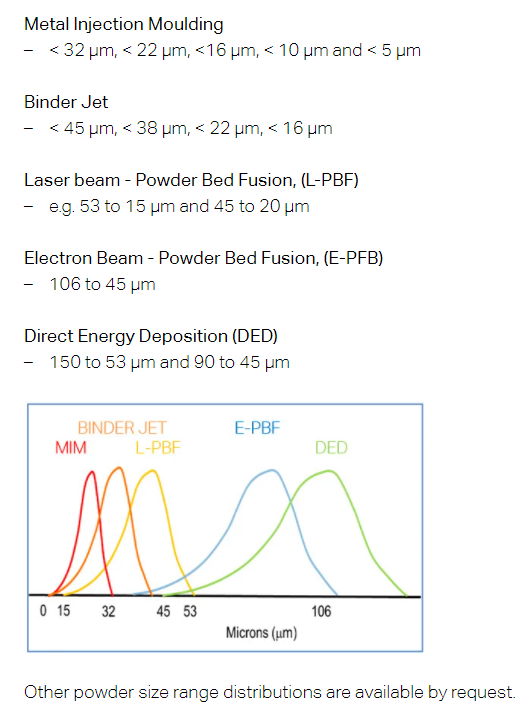How does additive manufacturing relate to cutting tools?
Today, the cutting tools themselves are not printed, but rather the holders of cutting tools. A printed cutting tool doesn’t have the required mechanical strength as a traditionally manufactured cutting tool and cannot be used for this application since it will break after just a short while.
What do you think lies in the future for cutting tools in manufacturing?
Hard to say at the moment, mostly very small batches of customized tools on demand. This will require a new technique to acquire the mechanical strength needed. Today, the cutting tools themselves are not printed, but rather the holders of cutting tools. A printed cutting tool doesn’t have the required mechanical strength as a traditionally manufactured cutting tool and cannot be used for this application since it will break after just a short while.
I think manufacturing time is the biggest concern with 3D printing. How are we going to overcome this issue, do you think?
Compared to conventional manufacturing, the manufacturing time has actually been identified as one of the main reasons and benefits to switch to AM. It also depends on the reason you have to switch to AM for your component –The production cost itself will seldom go down by switching from conventional manufacturing to AM, but you would rather need other values and reasons. Some machine manufacturers have tackled this problem by adding more laser sources in their machines, others have sped up the powder distribution process.
Can you tell us a bit more about using diamond composite in additive manufacturing?
Yes, we do have a process for manufacturing diamond composite parts. It has a unique set of material properties, suitable for a variety of applications. Please contact us directly at additive.manufacturing@sandvik.com if you want to find out more or how it will suit your application.
Are you interested in applying graphene in AM?
Graphene addition is definitely an interesting material which can give interesting enhancement to additive manufactured materials.
What’s your application range and materials portfolio?
We are the most diverse service bureau with some of the largest AM systems on the market, involved in all major applications and markets. We have the widest material portfolio on the market today. There are over 1000 AM grades we can manufacture. Our special alloys include FeCrAl, diamond composite and tungsten carbide together with our complete alloy portfolio.
Can you explain the relationship between reverse engineering and 3D printing?
For many spare parts that are obsolete, too old and can’t be manufactured through conventional methods anymore, you can 3D scan the old part, make a CAD file of it and print a new part according to the obsolete/original part.
What is your most significant difficulty in getting new customers to perceive AM as an option? Or are there no associated difficulties at all?
It is for the customer to understand the complete AM perspective of manufacturing – not all materials or components should/could be made by AM. There’s also a big gap in existing QA procedures with existing manufacturing procedures for a material, compared to the same material made by AM. A third challenge is the relatively low amount of existing printable material – around 30 metal alloys exist today.
What does the accuracy of roundness look like for metal 3D printing? And is it possible to machine printed parts?
Roundness accuracy can be dependent on the orientation and position of the hole or rod. Vertical, angled, and horizontal direction has slight difference in the accuracy of roundness. This is mainly due to overhangs during print, support, solid supports and position in the build chamber. This accuracy can be achieved with process parameters and suitable measures. Also, yes, it is possible to machine parts, but again it also depends on the complexity of the parts (e.g., internal channels cannot be machined with some constraints).
How much can 3D printing in metal substitute conventional machining processes?
This is a very hard question to answer. The best speculations and forecast from market reports, estimate that around 3-5% of today’s existing conventional machining processes will be replaced by 3D printing. But we should not forget that 3D printing also brings more opportunities to machining, since you very often need to machine your part afterwards.
How does the laser powder bed fusion process work?
Kindly refer to our videos explaining about additive manufacturing where you can see powder bed fusion process.
How do you achieve the complex precision in metal 3D printing?
With right processing parameters and design for additive manufacturing knowledge, it is possible.
Could you tell me a bit more about metal process parameters and settings?
Metal process parameters in the laser powder bed fusion process is a diverse topic. There are certainly various parameters involved, regarding optics, environment, base plate, etc. If we try to optimize the process parameters for a certain material, we usually see three main regions depending on the input energy, namely lack of fusion, full dense and keyhole regions. Apart from this, cracks might be another dimension while processing the material parameters. If you are interested in Osprey® 2507 process parameters, we license them as well. Kindly contact us for more details.
What is the percentage of cost difference between machining and additive manufacturing? Also, how much tolerance can be achieved directly?
This is nearly impossible to answer as it differs from case to case, materials, AM technique and applications.
I’m curious about printing in nitrogen atmosphere. What is the average loss of nitrogen during printing?
Definitely, it is suitable to print in Nitrogen atmosphere. We have observed not more than 500 ppm of nitrogen loss. Again, composition can be tailored for optimum nitrogen in the printed parts.

